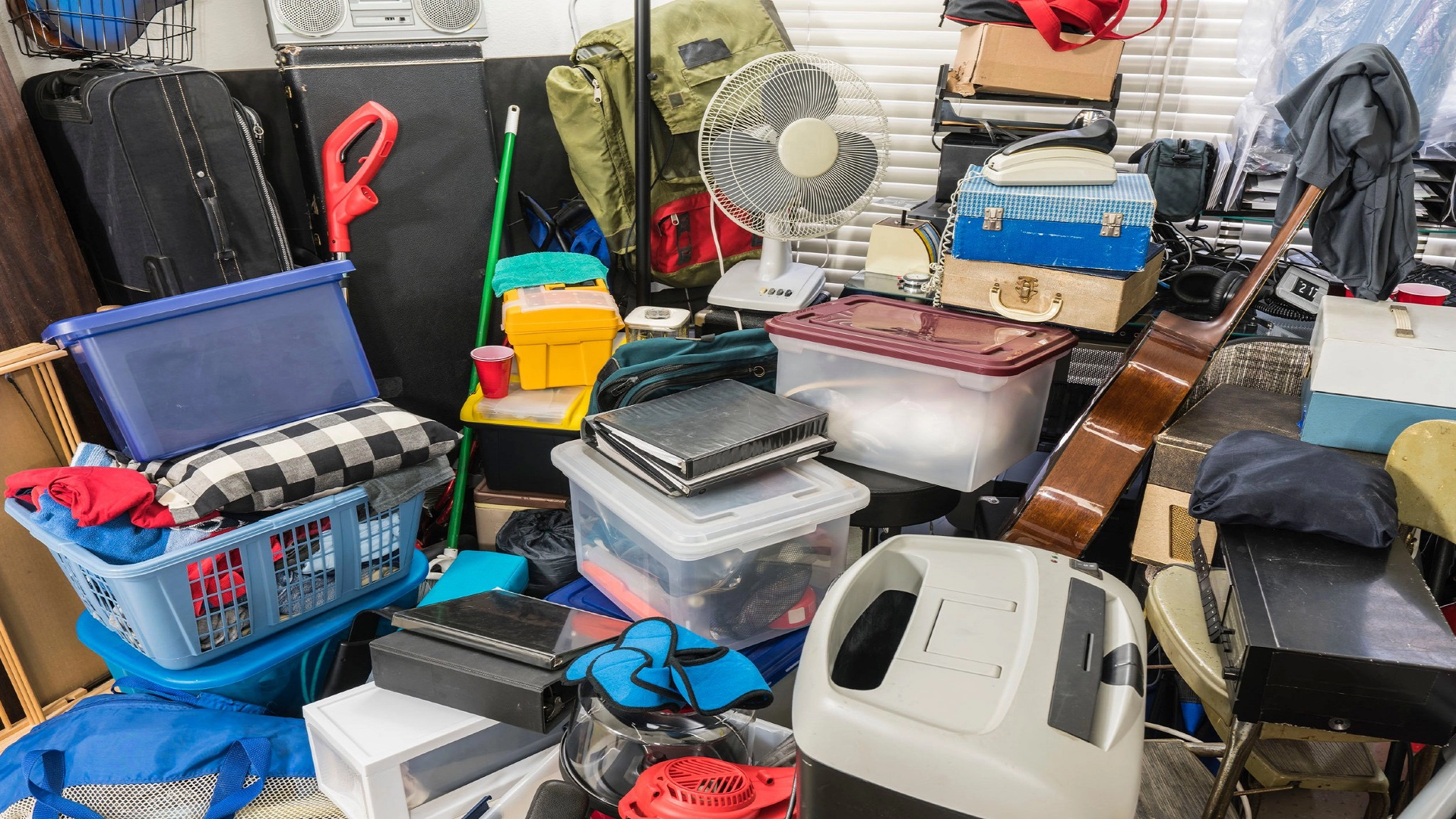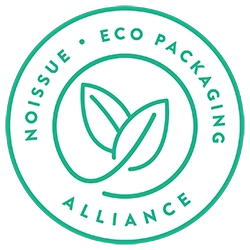Cleaning a hoarder’s home the eco-friendly way

If you’re responsible for cleaning a hoarder’s home – whether it’s because a relative has been moved to managed care, because you’ve inherited a house, or just because you’re helping someone out – it can be quite a task. However, the key is to not get overwhelmed and to take one step at a time and remember to do things the eco-friendly way.
In the twenty-first century, people are getting interested in eco-friendliness, which has caused an upsurge in the demand for edible cups and straws – and so here we are! Flewid Friendly sells edible straws that don’t ruin your drink, and which you can eat, give to your pet, compost, or toss away once you’re done with your drink. These don’t harm the environment, and they’re totally safe for marine animals!
In this blog, we want to provide a guide for cleaning a hoarder’s home the environmentally-friendly way, with tips you may find helpful.
Tips for cleaning a hoarder’s home
Before we start with the tips, remember that the goal is to get the place cleaned out thoroughly, efficiently, and in an eco-friendly way. Once you’ve got that firmly etched in your mind, you’re ready to start with the tips.
1.Stay organized
The first step when tackling a project of this size is to stay organized. Make a list of the things you need to do, and take on things one step at a time. It’s a good idea to move through the house room by room, tidying up the easiest ones first, so you’re encouraged by your success. Map out your time, and set realistic expectations.
As you move through the house, remember to stay organized. Make piles of things depending on whether you plan to reuse, donate, recycle or trash them. Large cardboard boxes can be super handy in this step (more on them later). Taking a little extra time for planning will help you save lots of time later, because having a clear plan means you won’t be bumbling about looking for things to do.
2.Reuse what you can
Not everything needs to be thrown out. Some of the items you find can easily be used or reused. You can use things from the pantry that aren’t past their use-by date. Edible cups and straws, pasta, spices and other items with a long shelf-life should be safe to use. Containers and such can be cleaned and reused.
If you know someone who could use some of the items or know a charity which would be happy to accept them, give them away! Every little bit helps. Charities will appreciate containers, food that’s good to eat, old clothes, blankets, and lots of other items. Make a list of what to give away.
3.Use cardboard boxes for carrying items
Plastic trash bags are easy to get, since you can just go out and buy some, but what if we told you that you can get cardboard boxes for free? It’s true! Ask at grocery stores or departmental stores near you, and they’ll be happy to give you cardboard boxes for free. Use these for hauling junk, reusables and other materials instead of plastic. They’re reusable, they’re sturdier than plastic, and they are good for the environment.
You can reuse the same boxes for cleaning out the place, and once you’re done, you can save clean boxes for using later, in case you decide to do a spring clean at your home, or if someone you know needs to move.
4.Use eco-friendly cleaning products
If you want to do a thorough job, you’ll want to wipe clean surfaces once you’re done clearing the junk off them. You’ll also have to do some cleaning if you’re battling mold, or preparing the home for sale. When doing that, instead of using chemical-based cleaning products, use something mild and natural, like vinegar.
Vinegar comes with an added bonus: it can get rid of unwanted smells. So if a room is particularly stinky, leave a bowl of vinegar in it overnight, and you’ll come out the next morning to find that the stink has disappeared! If you don’t like the smell of vinegar, do some prep beforehand and make some scented vinegar with citrus, peels and herbs – lemon, mint, cloves and oranges are especially good.
5.Make a recycling pile
You’d be surprised at just how many things can be recycled. As long as it’s clean and contaminant free, most counties in the US can recycle paper, some types of plastic, household appliances, metal, and loads of more things.
The fewer things you send to the landfill the better, so make a recycling pile in an empty spot and add items to it as you come across them. Check your local county’s website to see what they recycle. You don’t have to pay anything to send items for recycling (in most places), which is a nice little bonus, but a better one is the fact that many places offer cash incentives for recycling old household appliances. So, instead of taking the old microwave or fridge to the dump, take it in for recycling.
A lot of things aren’t recycled by the local county, but are by independent organizations. Check online to see if any businesses around you recycle plastic bags, TVs, computers and more.
6.Prepare items for recycling or curbside pickup
Some recyclables need to be washed and dried first, or the whole batch is considered contaminated and needs to be discarded. So, wash and dry plastic containers, sort through paper to make sure it’s clean, and place them in a cardboard box once they’re reading to be taken in for recycling. Anything that can’t be recycled due to contaminants (such as food-stained plastic) needs to go into the trash.
If you have curbside pickup, you’ll want to organize your trash disposal so you don’t exceed the weight limit. Find out the weight limit for the area, and divide the trash accordingly. Put them out on trash collection day, and this way you’ll save a few trips to the landfill.
7.Make as few trips as possible
If you need to make trips to take items to the dump (or for recycling), plan things out so you need to make as few trips as possible. Driving causes pollution, and that in turn harms the environment. So, to make this project a full success, make as few trips as you can. Don’t drive out for little errands, and try to use curbside trash pickup if you have the facility.
When taking items in for recycling, take as much as you can at once, and plan your route so any stops you need to make are on the way. For instance, if you need to drop off plastic bags at your local Target but it isn’t in the way, keep them in your car and drop them off when you’re heading in that direction.
8.Get help if you need it!
If the house you’re cleaning is large or crammed full of stuff, you might find it a herculean task to fight through the clutter and get the place clean. In such a case, don’t be shy to ask for help. There are junk removal companies that’ll do the job for a modest fee, and take appliances and other materials for recycling.
Your time is costly, so don’t feel like you have to do something if you’d rather focus on something else. A professional team will get it done quicker, easier and generally better than you would be able to, and they’ll save you hours of hard work. So, seek out help if you feel the need, and instead of spending your weekend toiling away in a messy home, put up your feet and watch some TV instead.
Why you should use edible cups and straws
Edible cups and straws are better for the environment, because unlike plastic, they decompose quickly. Plastic is a synthetic material that takes as long as 500 years to decompose – whether it’s in the form of plastic bags, cutlery, straws, or cups. Add to it the fact that much of the plastic used today is single-use, and you’ll see the problem we’re facing. Our gorgeous marine life is in danger because of all the plastic we dump into the oceans every year.
Help the Earth recover, by switching to edible cups and straws. You can make a dent in the problem by making just one minor change in your lifestyle. If you get coffee everyday from your local Starbucks, for instance, switch to reusable or edible cups and straws, and over the years you’ll save thousands of plastic items from ending up in our landfills – cups, covers, straws and carry bags.
Flewid Friendly makes edible straws that are good for the environment, and light on your pocket. You can use them as you would in a drink, and then add them to your next meal. Use them at your next party, to spread the message and to let people know that you care about the environment. If the straws end up in the trash that’s no problem, because they decompose quickly, being made of flour.
Now, for every product you purchase from us, we plant a tree! We’ve partnered with Seed The Change to make this possible. Learn more about it here.

